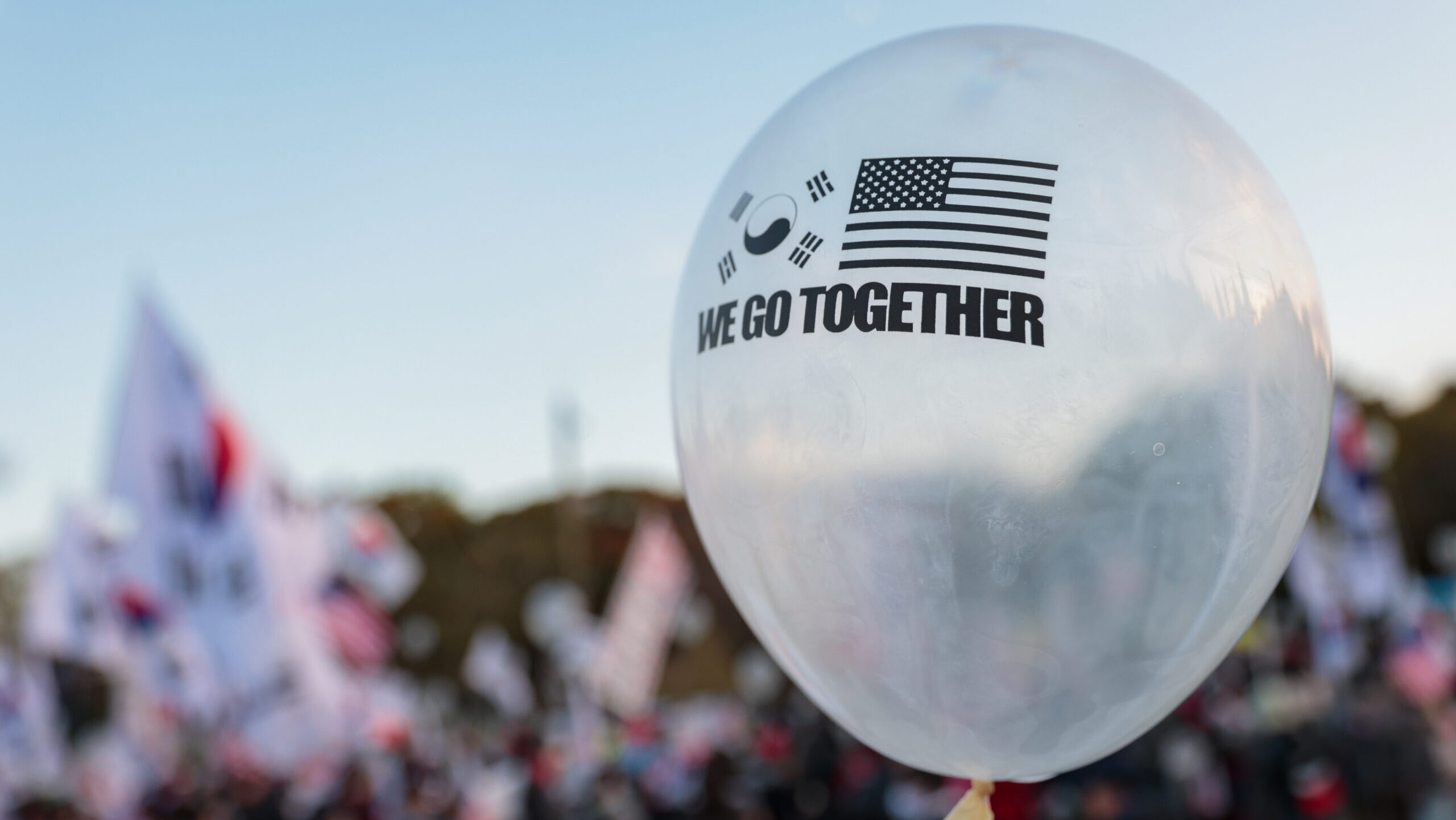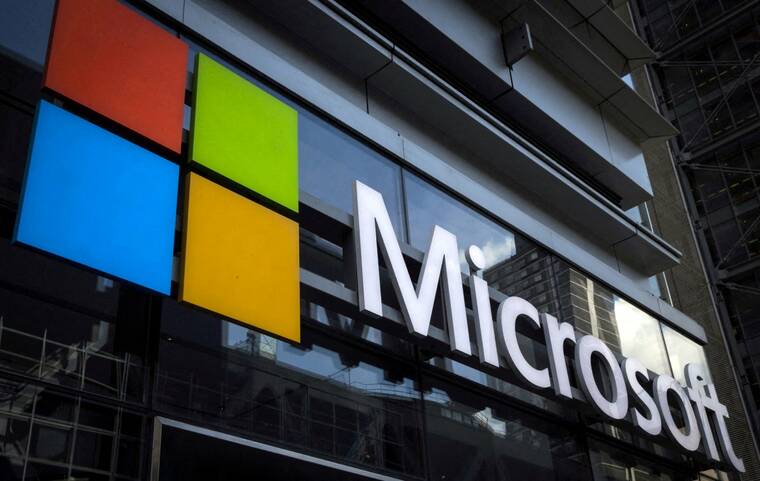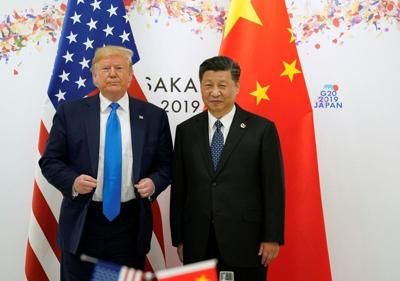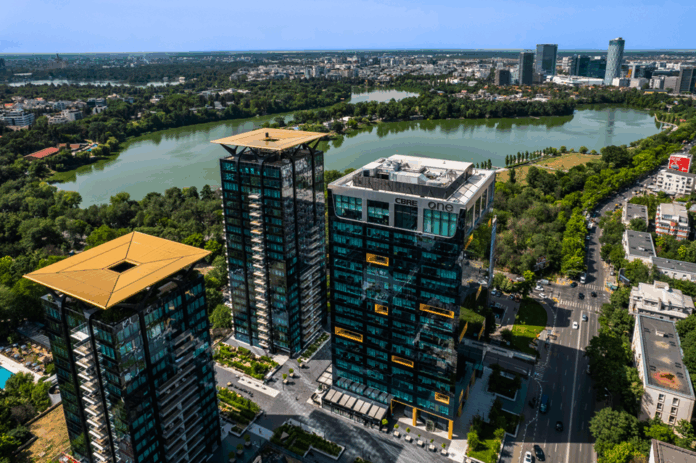Copyright Breaking Defense

MELBOURNE — President Donald Trump’s announcement that he is approving South Korea to build nuclear-powered submarines in the United States marks a success for Seoul’s three-decade effort to acquire nuclear submarines, according to experts. But experts also warned that the move will have geopolitical ramifications, including the possibility that China or Japan could accelerate own nuclear sub programs in return. And the project faces significant hurdles, given the logistics and cost of building nuclear submarines and the lack of clarity around Trump’s statement. Trump’s announcement via his Truth Social account comes after South Korean officials have lobbied US administrations for around 30 years to allow the key ally to develop its own nuclear submarines, said Kim Min-seok, a Research Fellow at the Korea Defense and Security Forum. Only two other countries, the United Kingdom and Australia, have gained access to America’s highly sought-after nuclear sub technology. The strategic environment and threat facing South Korea in recent decades, however, made it difficult to justify Seoul’s pursuit of nuclear-powered submarines, according to Collin Koh, a senior fellow and project coordinator for naval and maritime affairs at Singapore’s S. Rajaratnam School of International Studies. That has changed, Koh told Breaking Defense, noting that North Korea has announced its own nuclear-powered submarine program. Kim also noted that North Korea has a proven Submarine-Launched Ballistic Missile program; both analysts agreed that South Korea needs submarines that can stay underwater longer to track nuclear submarine and missile threats posed by Pyongyang. The decision is also unlikely to sit well with South Korea’s other neighbors, particularly China and Japan, said Robert York, the director for regional affairs at the Pacific Forum in Honolulu. Or as Jenny Town, a Korean expert at the Stimson Center, said on X: “Nothing good” will come from the announcement in regional terms. “This certainly isn’t going to increase stability in the region, that’s for sure,” Town said. Tokyo is likely to avoid publicly airing grievances to present a unified strategic front with the US and South Korea, York said. But the move may also push Japan further down the path of pursuing nuclear-powered subs, weeks after a government-convened panel reportedly recommended it look at submarines powered by “non-conventional” propulsion systems. Koh noted the Japanese public’s concerns about nuclear power may cause domestic political headwinds. China, however, is unlikely to show such restraint, York said, noting Beijing “will probably use official and unofficial channels to portray this as more dangerous instigation by the US.” Koh predicted China will also push ahead with its own nuclear submarine program. “China already has a functional nuclear submarine program and Seoul’s decision to develop its own nuke boats will only serve as another strategic justification for it to push on with this area of investment,” he said. Building Blocks Or Stumbling Blocks? It is currently unclear what South Korea’s nuclear submarine program will look like, or what kind of technology transfer may take place. Jon Wolfsthal, a former special assistant on nuclear issues to President Barack Obama who is now director of global risk at the Federation of American Scientists, said that the structure of the deal will decide if the US Congress has to get involved or not. Under the existing nuclear power agreement between the US and South Korea, the transfer of nuclear material to Seoul requires a 90-day review process in Congress, with the ability for a joint resolution to shoot the idea down, Wolfsthal said. However, if the US is providing the nuclear core for the subs directly, without any South Korean involvement, Congress would not necessarily have a role. “If it’s like AUKUS where we build the subs and the foreign partner doesn’t get direct access to the [highly enriched uranium], then they don’t need congressional authorization. If South Korea is going to enrich their own uranium, which is really what they want, then it has to be approved by Congress,” he said. The AUKUS program, through which the US is helping Britain and Australia procure new nuclear submarines, is an obvious point of comparison for the South Korean deal. But while that agreement is leading to the development of a fresh AUKUS-class design, the expected size of those boats may not fit South Korea’s needs. Instead, Kim believes that a 4,000-ton nuclear-powered version of South Korea’s Jangbogo-IV class submarine would suit Seoul better than the American Virginia-class subs, which he says are too large and expensive. He added that the AUKUS program also includes the transfer of sensitive submarine technology that Washington may not want to share with Seoul, or which Seoul may not feel is necessary. It also means converting the Philadelphia shipyard that is owned by South Korea’s Hanwha into America’s third nuclear submarine shipyard using Korean budget funds, he added. Right now, Philly is far from prepared for that kind of work, although Hanwha’s top defense executive told Breaking Defense earlier this month that the company is planning major investments into Philly while also looking to acquire other shipyards in the US. “This agreement between South Korea and the U.S. is fundamentally part of [‘Make American Shipbuilding Great Again’], enhancing U.S. submarine production capacity using South Korea’s capabilities,” Kim said. Koh agreed, pointing out that it may enable the US to bolster its shipbuilding capacity, address nuclear proliferation risks and create jobs at home while South Korea will get the submarine capability it desires. “It might well therefore have been a win-win situation for both parties as a result,” Koh said. Aaron Mehta in Washington contributed to this report.



